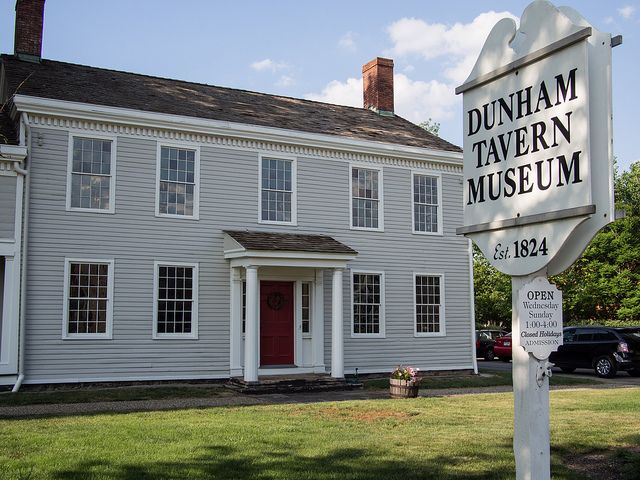About
This house was built in 1824, when Cleveland was still a frontier outpost named Cleaveland. (The spelling changed around 1831 when the local paper was unable to fit the extra “A” on the masthead.)
In its early days, the clapboard Dunham Tavern was the private home of Rufus and Jane Pratt, who moved from Massachusetts to settle on what was then frontierland. However, the completion of the Ohio and Erie Canal in 1832 quickly transformed this sleepy outpost into a key stop between the Ohio River and the Great Lakes. By the 1840s, the Dunhams saw fit to take up innkeeping in addition to farming.
The Dunhams added a taproom and built a separate structure to house overnight guests, in addition to a 15-horse stable. The new tavern quickly became a local hotspot. The Whig Party held meetings here, gamesmen gathered for turkey shoots, and passing travelers shared tales of life on the road.
In 1857, the tavern again became a single-family home, which it remained until the 1930s, when it became studio space for Works Progress Administration (WPA) artists and printmakers. Although less-known than other aspects of the New Deal, the WPA Federal Art Project had a significant footprint in Cleveland and in other metropolitan areas around the country. It provided employment for artists during the Great Depression, with most of the participants in the Cleveland area making posters to promote parks, new housing developments, and other New Deal public works.
Now one of the very few buildings left from the early days of Cleveland, the Dunham Tavern has operated as a museum since 1941. It has been filled with period antiques and the grounds have been transformed into gardens.
Related Tags
Community Contributors
Added By
Published
May 6, 2017

























